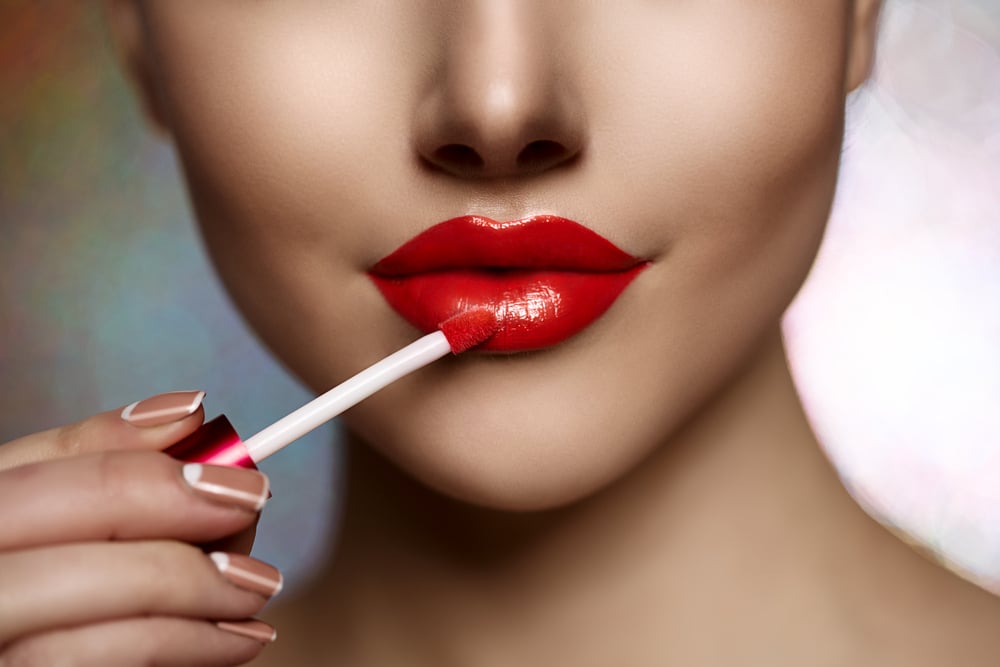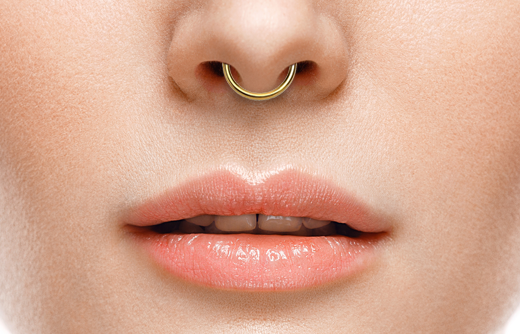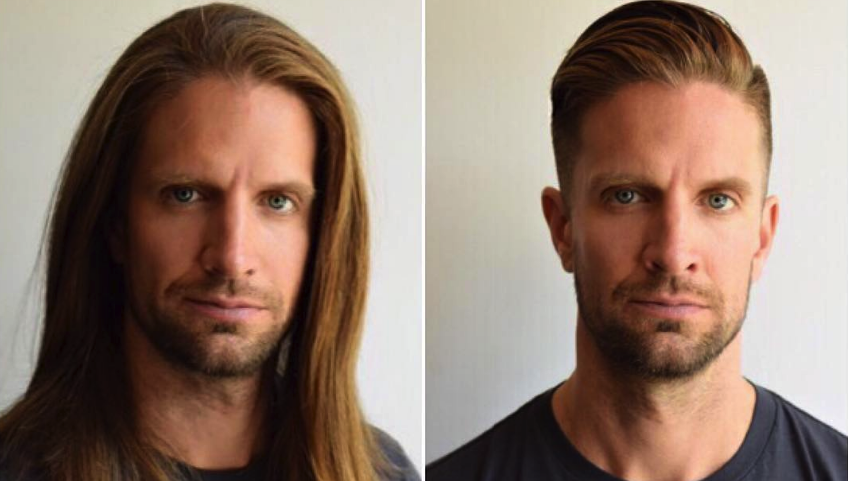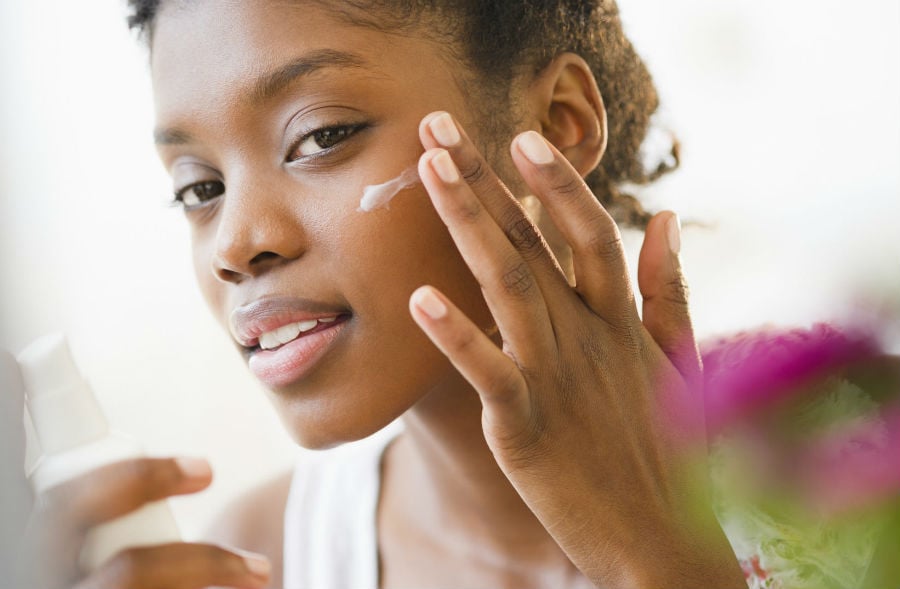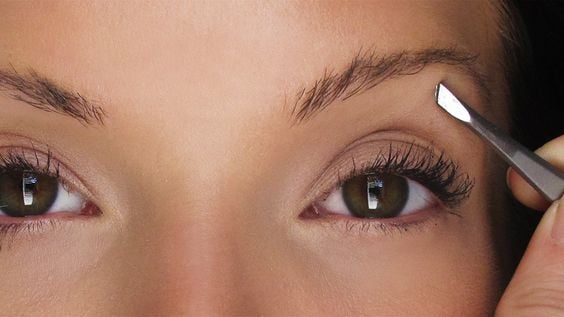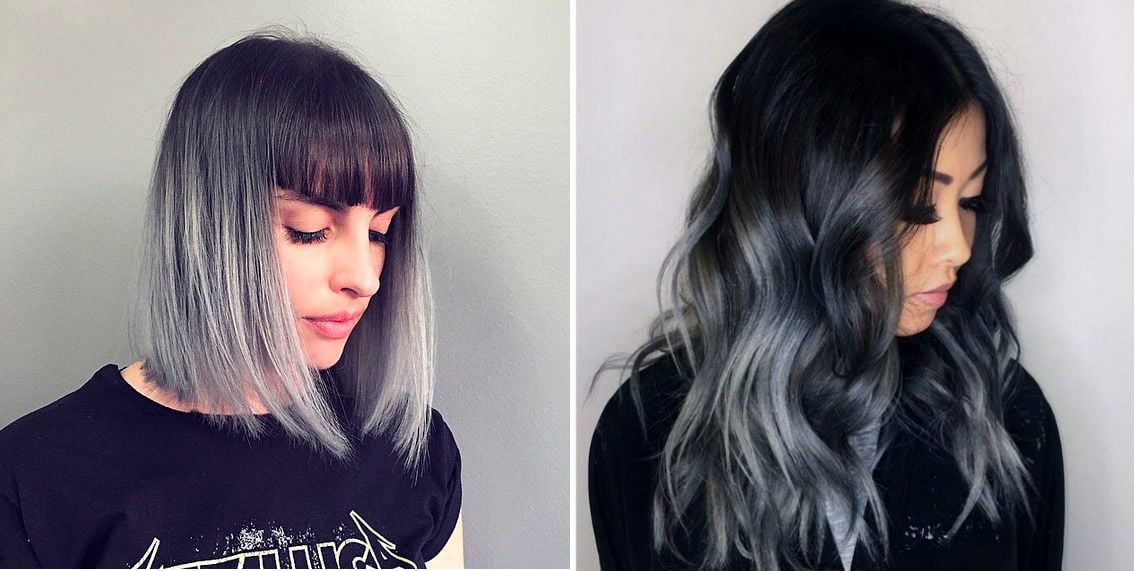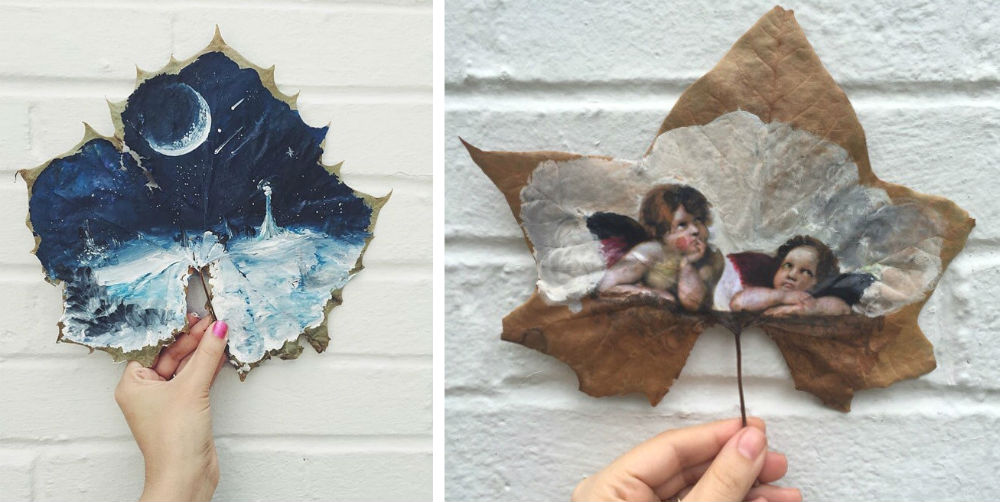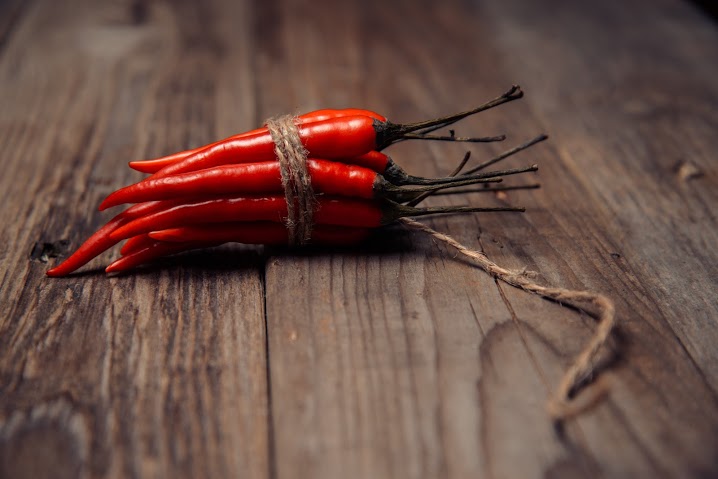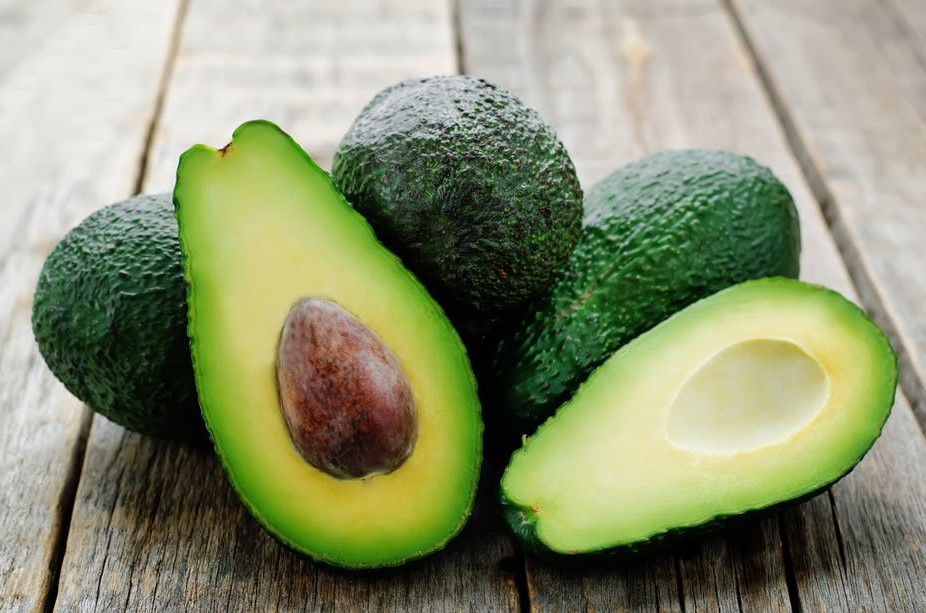The convenience andversatility of store bought soap is quite alluring—you can findsoap at your local grocery or beauty store with any aroma, specialingredient, and almost any standard brand you desire. Low prices areanother reason many consumers purchase supermarket soaps. If youaren’t picky about quality or special fragrances, you can find soapfor as little as one dollar, or less. But in comparison to previousdecades, today’s average consumer is privy to a lot moreinformation about what’s contained in chain products. And there area lot of harmful ingredients in the average product, including soap,that might make you think twice before your next store run. Insteadof subjecting yourself to using products with harmful ingredients,try making your own soap. If you’re ready for healthier, happierskin, here’s some info about making your own DIY soap, and why youshould ditch supermarket soaps for good.
How aresupermarket soaps harmful?
Most popular brandsof soap are not what we actually consider soap, but more closelyresemble detergent—yes, the stuff you wash your clothes with. Thisis because these soaps contain many of the same chemicals that arecontained in standard laundry detergents.

These chemicalsinclude in your average soap brand are sodium lauroyl isethionate,methylisothiazolinone, artificial coloring and fragrances, titaniumdioxide, and more. Chemicals like these can have a range of dangerouseffects like acne outbreaks, clogged pores, compromised nervoussystem, and increased risk of cardiovascular disease. Some of thesechemicals even contain known carcinogens that have been linked to anincreased risk of developing cancer.
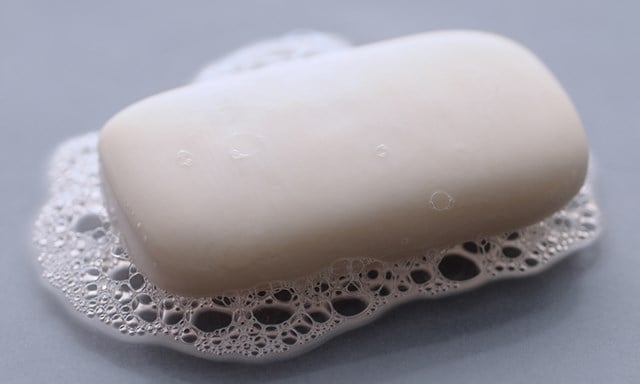
How can youswitch to safer soap? Make your own DIY soap!
You can definitelyresearch natural soap brands and find safer alternatives to the morepopular but dangerous soaps—or you can make your own DIY soap withjust a few simple base ingredients.
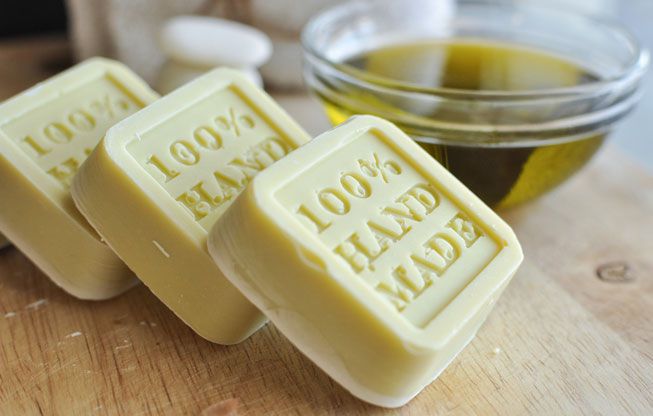
There are four main methods of making soap: melt and pour; cold process; hot process; and rebatching. But the safest and easiest way to make soap that doesn’t involve a ton of steps, or working with lye, is the melt and pour process.
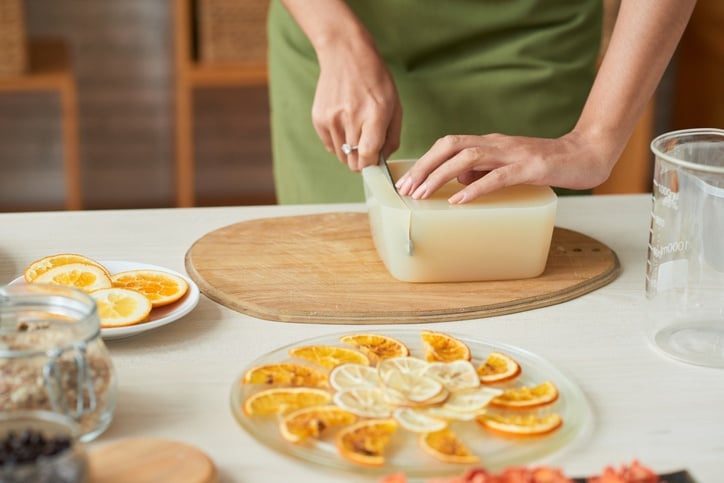
You begin with onepound of soap base, which contains the necessary components for thebase of your soap and usually some natural fragrances like orange,rosemary, peppermint or lavender essential oils. Next, you break yoursoap base down into smaller chunks and melt in the microwave in alarge Pyrex bowl. Once melted, you can add in your favorite plants,herbs and essential oils. This can include cocoa or shea butter,mint, lemon balm, chamomile and more. Mix your soap and ingredientswell, and then pour into a silicon mold of your choice.
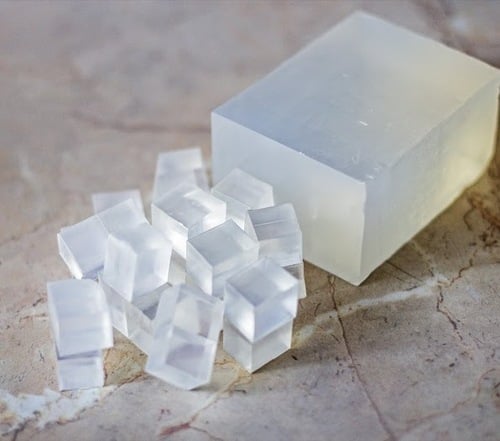
This is where you can have some fun with mold shapes, like stars, flowers, various textures or even imprinted words and phrases. Allow to cool for several hours, and once it’s dry, your soap is ready to be enjoyed—your skin will thank you later.


